Phosphates in the aquarium: norms and level control
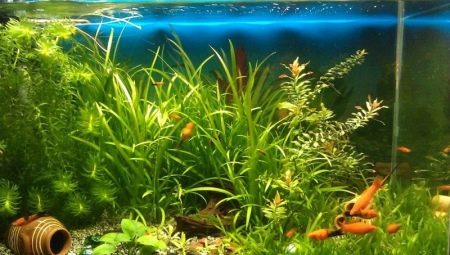
Phosphorus in aquarium water is a macronutrient necessary for the normal functioning of plants, fish, invertebrates and other aquatic organisms. But its quantity should be strictly dosed taking into account the combination - nitrogen, phosphorus, potassium... Otherwise, a shift in the balance due to an increase in phosphates can lead to the death of fish and the death of vegetation.
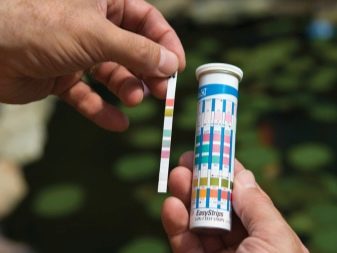

What determines phosphate levels?
Phosphates are inorganic salts of phosphoric acids derived from mineral compounds, including apatites. Despite the fact that the macronutrient is necessary for underwater animals and plants for the formation of cell membranes, photosynthesis and internal chemical processes, its excessive concentration negatively affects aquarium fish and flora. But in artificial reservoirs, their excess is not necessarily related to the original composition of the water.
Often a source of elevated phosphorus:
- mains water, as phosphorus salts are sometimes added to water to protect pipes;
- rainwater, in which salts may also be present;
- dead plant parts, food residues and waste products of aquatic organisms living in the water.
Excess phosphorus can be taken from the ecosystem itself in the herbal aquarium if the nitrogen concentration is low. Prolonged illumination can provoke its increase, which, as a rule, is indicated by the appearance of xenococcus - algae in the form of small green dots.
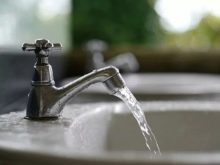

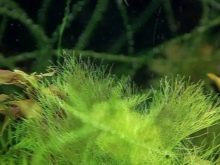
Particularly harmful to the inhabitants of an artificial reservoir is a combination of a high content of phosphates in water (0.7-0.8 mg / l) with nitrates (80 mg / l), and such values are often found in aquariums with plants and fish. Therefore, it is worth considering ways how you can reduce, and, if necessary, increase the level of this element.
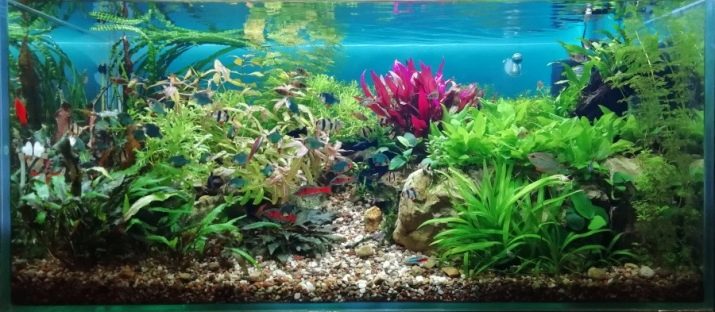
Methods for correcting dangerous levels of phosphorus salts
Since the accumulation of phosphorus salts is associated with the settlement of fish and the amount of vegetation, you can lower their level in several ways:
- remove some of the fish;
- change their diet - instead of chips and cereals, you can give special granules;
- it is important to observe whether food is eaten completely, it may be necessary to reduce portions;
- feed can often be sucked into filters or mixed with the soil - because of this, it rotts and the level of phosphates increases;
- it is important to make regular changes (20-30% of the total), monitoring the quality of the new water.
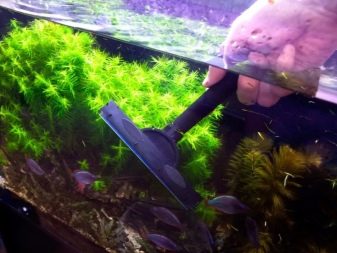
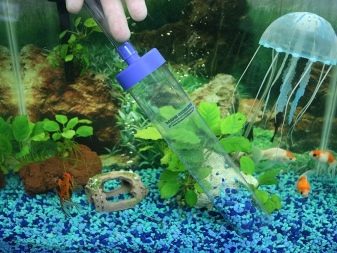
If there are a small number of fish in the aquarium, then Optimum phosphate levels can be maintained with a specialized product such as Tetra EasyBalance, a liquid conditioner for normalizing the environment for underwater fauna and flora. Use the product once a week by adding 2.5 ml of solution per 10 l of water. However, in the presence of a large number of inhabitants, the use of this drug will not be enough.
You can also reduce the level of phosphorus salts using a liquid product. Tetra PhosphateMinus. It stabilizes the composition of the water in a natural way, does not cause cloudiness and sediment, and, moreover, is safe for various aquarium inhabitants. This conditioner is suitable for all fresh water tanks. For 40 liters, 10 ml of solution is used. In order to completely normalize the water, Tetra PhosphateMinus can be applied initially every two days until the required PO4 level is reached.
If the concentration of the macronutrient is too low, it can be increased by applying Aquabalance "Phospho-balance"... In fact, this fertilizer for aquarium vegetation can be successfully used in a herbal aquarium. For 100 l of water, 10 ml of the product is taken, while the PO4 level increases by 0.45 mg / l. Sediments are perfectly acceptable.
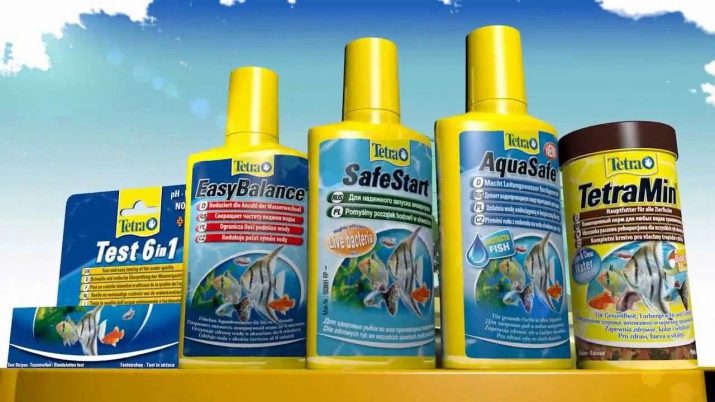
Phosphate rate in water and determination of its level
You should know that the norm for the content of macronutrients in fresh water is 0-2 mg per 1 liter, a lower level of phosphorus is assumed in seawater.
To determine the quantity, there is special indicator "NILPA PO4 Test-phosphate". It detects the concentration of phosphate ions. Usually the kit includes 2 bottles of reagents, 15 ml each + color scale and a measuring cup with a lid. Each package contains instructions for use, you need to act clearly in accordance with the instructions provided.
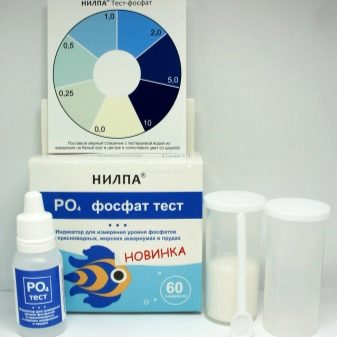

Testing algorithm:
- shake the reagents well before use;
- rinse the glass 2 times with the analyzed water;
- 5 ml of aquarium water is placed in a measuring container;
- add 5 drops from bottle No. 1 (PO4) to the glass and mix, making circular movements with your hand;
- after 6-10 seconds, pour in 2 drops of indicator No. 2 and mix again;
- after the reaction has occurred, it is necessary to put the container in the middle of the color scale on a white background for 5-7 minutes and compare the resulting shade with the color sectors, it is necessary to look from above;
- after the procedure, thoroughly rinse the container with running water.
It is important to keep the test solution near the scale for no more than 7 minutes, as the control color may change later.
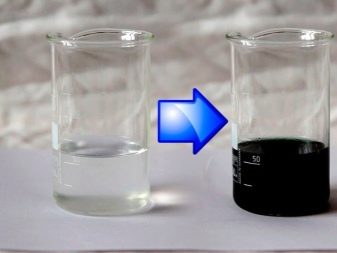

The concentration of phosphates is determined by the saturation of the tone. If the solution is weakly colored, this in itself indicates a lack of content, but even in the complete absence of any shade, traces of phosphorus particles may remain in the water.
The exact concentration can be recognized by the numbers located opposite each color sector. When working with the "Nilpa" indicator, you should observe the precautions since the product contains acid:
- during testing, children should not be allowed;
- try to prevent reagent liquid from getting on hands, mucous membranes of the eyes, open parts of the body, as well as on clothes;
- if this happens, rinse the affected area with plenty of water and consult a doctor, taking the test label with you.
Water measurements must be carried out regularly - with each water change. To prevent aquatic life from being harmed, it is necessary to react quickly at high phosphate levels in the aquarium, however, the individual characteristics of the water must be taken into account.
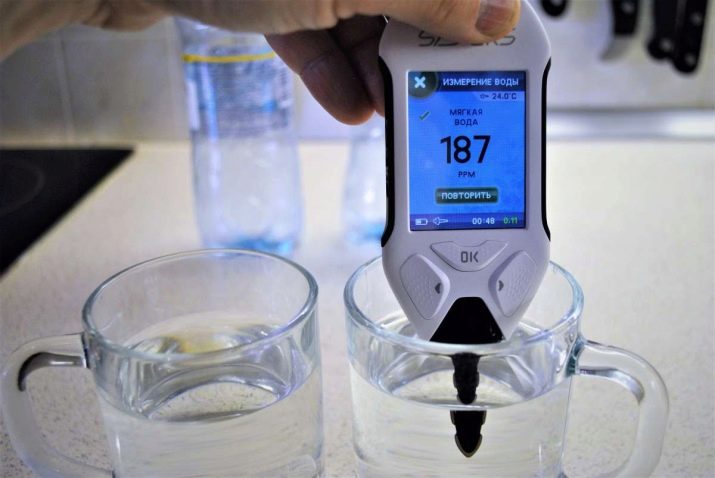
The video tells in detail about the parameters of the aquarium water.








